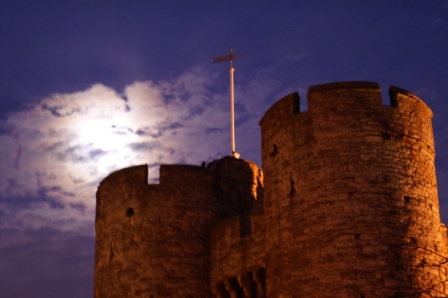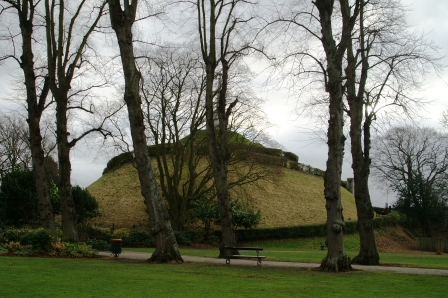Canterbury
A must see destination

Canterbury Cathedral
Durovernum Cantiacorum means:
"stronghold of the Cantiaci by the alder
grove". This beauty spot, in southwest
England, was once the land of the
Cantiaci a Celtic tribe. Then the Romans
took it endowing it with its Latin name.
One hundred years after the Romans left
it became the favored place for Jutish
(Danish) refugees. They renamed the
place Cantwaraburh, meaning: "Kent
people's stronghold". Today it is known
as Canterbury.
In 597 AD, Pope Gregory the Great
sent Augustine to convert King
Æthelberht of Kent to Christianity. Once
this was completed Augustine made the
city an official seat (episcopal see)
for the Holy Catholic Empire in Britain.
The Danes attacked again in 991.
Remembering the destruction caused by
them, the inhabitants of Canterbury did
not resist William the Conqueror's
invasion in 1066. William immediately
ordered a wooden motte-and-bailey castle
to be built by the old Roman city wall.
In the early 12th century, the castle
was rebuilt in stone.

Stone gatehouse
Archbishop Thomas Becket was murdered
at the Canterbury Cathedral in 1170,
because he resisted King Henry II of
England's plans to undermine the
Catholic Church. After this Canterbury
became notable in Europe. Pilgrims from
all parts of Christendom came to visit
the shrine of the dead Archbishop.
Geoffrey Chaucer's 14th century
collection of stories, "The Canterbury
Tales" came about from this tale of woe.
In this short and inadequate history
of Canterbury you may begin to
understand why the city is worth a visit
when in England. It was heavily bombed
during WWII, but much of its history is
still well represented with architecture
from its past. The best example is the
Canterbury Cathedral. However, within a
short walk of the minster you can find
remains of, Roman stone walls, stone
gatehouses, a Roman burial mound (used
by Normans to build a castle on), and
many fantastic examples of Tudor
buildings.

Roman burial mound
When in Canterbury you must take a
punt boat on the River Stour, or Great
Stour, as it will give you views of the
city not possible any other way. And a
walk up the main street will allow you a
glimpse of modern day Canterbury. The
street is a mix of ancient buildings and
modern shopping. You will see students,
shoppers, street people, and tourists as
you make your way through the heart of
town.
Canterbury is a magnificent place
full of history. Today it is a modern
shopping and tourist center, but its
past is represented in the people,
buildings, and stories there. It is
waiting for you.